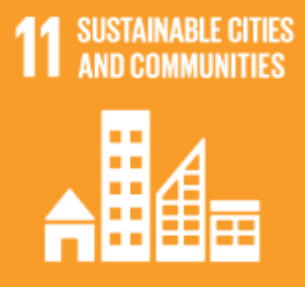Introducing robotics with the mBot
- Karen Walstra

- Jan 29, 2020
- 3 min read
Updated: Feb 2, 2023

As a design and technology teacher, I love learning products that expose young people to a range of systems. I was first introduced to the mBot in 2017 at BETT. The mBot by MakeBlock, is a device which can be used to develop knowledge and skills relating to mechanical systems, electronics, introductory block coding and robotics.
With STEM and 4IR being all a buzz, the mBot ticks those boxes, for schools and at home.
Building the mBot incorporates mechanical and electrical systems. Creating awareness among students of engineering.
Students begin with the assembling and building the robot, thereby building an understanding of how the mechanical components link to electronic components
The mCore motherboard of the mBot, exposes students to a range of controls and sensors:
Ultrasonic Sensor - Detect and measure distance also to avoid obstacles
Line Follower Sensor - Follow lines and automatic anti-drop adjustment
Light Sensor - a passive device which converts “light energy” into an electrical signal output. Light sensors are also known as “Photoelectric Devices” or “Photo Sensors” because the convert light energy (photons) into electricity (electrons). There is one light sensor on the mBot mCore
IR receiver and IR transmitter work as a pair, for wireless communication technology, to transmit data ( IR transmitter ) or receive data (IR receiver).
Button
Buzzer (audio signalling device)
RGB LED (RGB LEDs are a combination of 3 LEDs (light-emitting diodes) in just one LED: Red, Green and Blue. The colours the LED produces are made by combining these three colours. There are two RGB LEDs on the mBot mCore
The motor interface, controls the two motors
There are two power interfaces: AA battery holder interphase ( 4X 1.5V AA cells: 6V, and the 3.7V battery interface, therefore you can select to use AA batteries or a 3.7V lithium battery to power your mBot
There are 4 expansion ports and can be used for various electronic projects, making the mBot very versatile.

Adapted from https://www.mblock.cc/example/introduction/ links
Once the robot is built, it can be controlled using mBot and Makeblock apps. The mBot is connected to the device (smartphone, tablet or computer) via Bluetooth.
Using the Makeblock app. students can begin in the “play” section, participating in the ‘driving’, ‘draw and run’, ‘musician’ and ‘voice control’ activities. These activities develop:
fine motor skills are the smaller movements that occur in the fingers, hands, wrists, toes and feet. These involve smaller actions such as picking up objects between the thumb and finger, handwriting and moving controls on a device.
visual perceptual skills which enable a child to make sense of and interpret what they are seeing, including visual discrimination (matching two objects that are the same) and visual memory (the ability to remember visual information)
building and improve finger dexterity, building better finger flexibility and hand strength
problem-solving skills
creativity
The students can do coding or programming, using the mBot's simple block coding option, where students are introduced to introductory programming on the mBot application or on the Makeblock coding platform.
They can also be programme the mBot using "Coding with Chrome" Beginner - Robots - mBot.
Want a staff development workshop about introducing robotics and coding into your school, see my courses page or contact me - virtual or face-to-face sessions.
When teaching coding and robotics we are assisting in meeting some of the UNSDG
I look forward to hear your thoughts.




























Thanks for information Regard <a href="https://bte.telkomuniversity.ac.id/">Teknik Telekomunikasi</a>